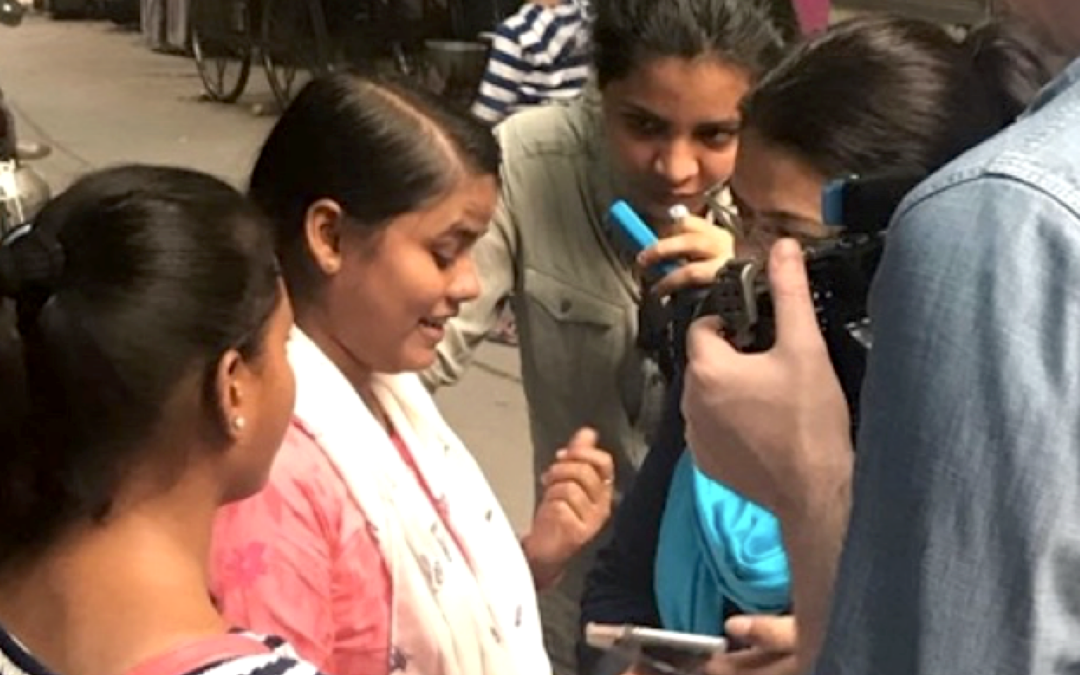https://player.vimeo.com/video/897277586?badge=0&autopause=0&player_id=0&app_id=58479 Language access is critical to inclusive research, products, and organizations. It requires not just translation, but culturally nuanced translation that truly connects to the people we serve. In this...






